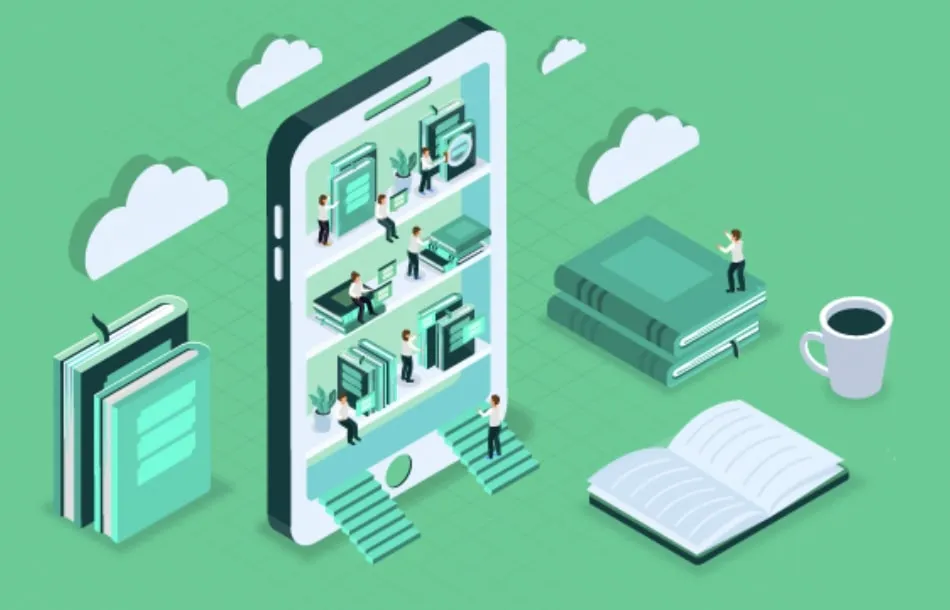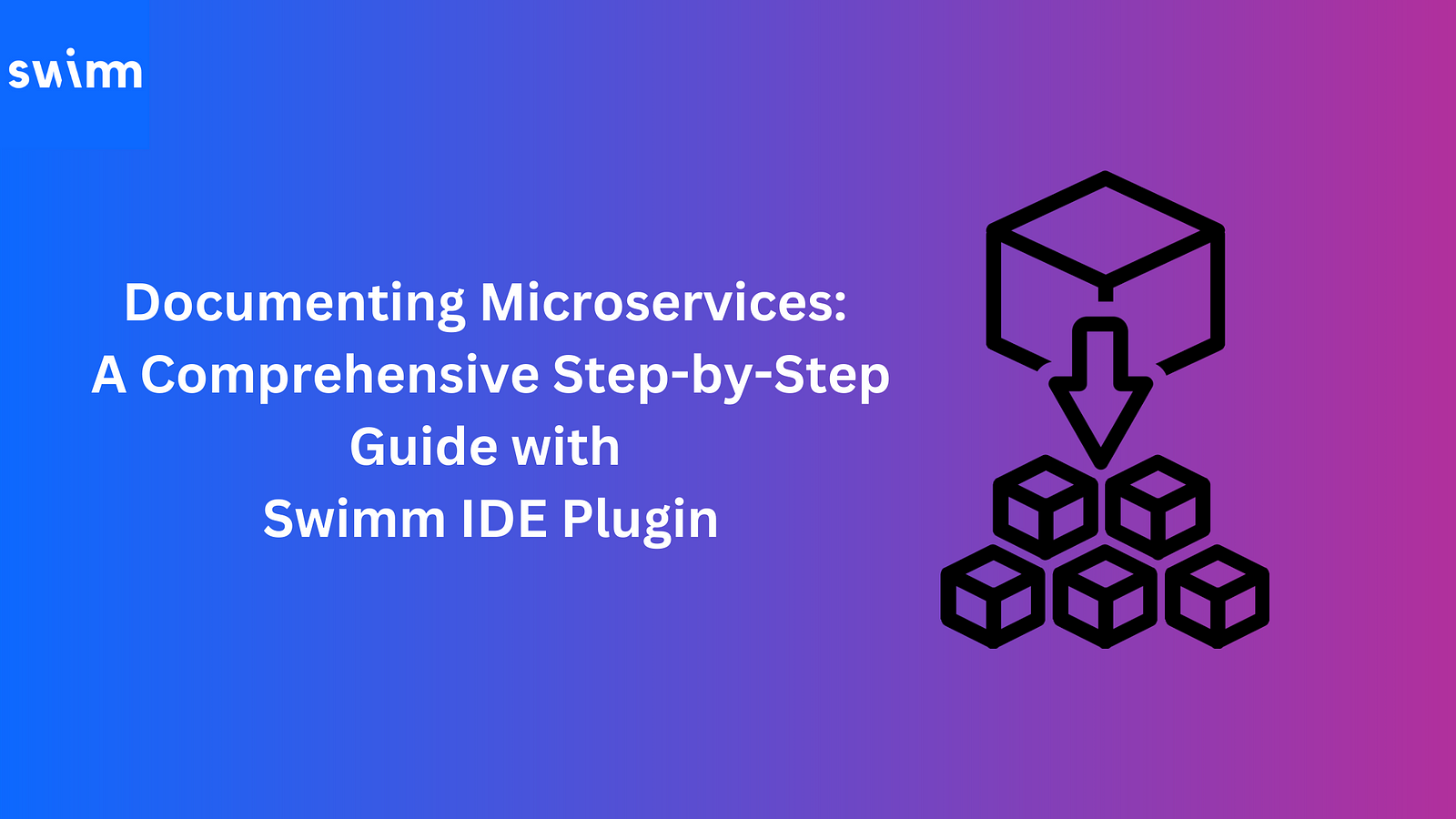
Each application is based on a specific tech stack that ensures its functionality. So, when it comes to web apps development, the choice of the suitable technology stack is one of the main challenges. By making the right pick, you can reduce the development time, costs, and ensure the quality and scalability of your application.
So, how to choose a technology stack? This article will shed light on how to pick for a perfect set of technologies for your web app, mobile application, or software project.
What Is a Tech Stack?
A tech stack is a set of tools used to create and support a software. It includes programming languages, frameworks, database management systems, etc. For example, Facebook is supported by such elements as HTML, PHP, CSS, ReactJS, etc. The technology stack determines the performance and the reliability of a software.
What Is The Difference Between The Tech Stack For Mobile Application And For Web App?
Web apps are generally similar to mobile apps. The only difference is that the user can get access to the functionality of a web app via browser while mobile apps need to be downloaded to the user's device. The development of a web app requires a combination of server and client technologies.
Mobile apps are created for specific platforms (iOS, Android, Windows Phone, etc.) and are designed to function on smartphones, smart watches, tablets, and other smart gadgets. The development of such an app requires high-level programming languages.
What Influences The Choice of A Tech Stack?
When choosing the right set of technologies for your startup, you should understand that it's impossible to find a universal one. You should make a choice considering such factors:
Development time. The choice of a tech stack partly depends on the amount of time you can dedicate to the development. The right technology stack will allow you to release your product on time without any problems.
The scale of your project. Some tech stacks are designed for simple projects, the others work for more complex ones.
Simple project
Let's say you are about to build an MVP. Thanks to simple requirements, it can be delivered quickly. However, remember that a simple project may require serious changes in the tech stack in the future as you decide to update and scale it. In such circumstances, you may need to start over with new frameworks and a completely new architecture. Mid-size project
For a mid-size project, you are going to need a more complex tech stack. Depending on the platform, it may require a combination of several programming languages and tools. It should be built using technologies that are able to provide diverse functionality.
Large project
If you want to build a social network, online marketplace, or some management system, it will be a large, complex project. So, the combination of multiple programming languages is inevitable in this case. It will require a high-level tech stack for sure.
Maintenance
The application should be maintained and supported using the same stack that was used to build it. So, you will need to go for a set of tools that your development team is ready to work with for a prolonged time.
Budget
You will need to pay for technologies that you are going to use for development. Plus, you will need to hire an engineer that is ready to work with these technologies. For instance, opting for JavaScript in web app development is a cost-effective and efficient solution. This is mainly due to its widespread popularity and the ample availability of talented developers who are well-versed in this technology stack.
Tech Stack To Build a Web App
The web development stack structure includes such elements:
Front-End Tech Stack
The front-end side of a product is truly important for web development tech stack since it implies everything that a user can see when opening an app. The most important parts of a front-end tech stack are:
- HTML that is responsible for displaying the content
- CSS that "stylizes" the content
- JavaScript that is responsible for the interactive part of an application
Back-End Technology Stack
Back-end is another component of a technology stack for web development. It's a server part of an app that is not visible to the end user. Technically, the back-end tech stack is designed to support the website's logic and provide data for the client side. It also provides proper functioning of all features. Back-end tech stack includes such components:
- Web Framework
- Programming Language
- Database
- Web Server
- Operating System
The most popular frameworks for back-end development are as follows:
Tech Stack To Build a Mobile Application
Android
There are various programming languages used to create software for Android, but we will focus on the most popular and effective ones:
- Java: It's one of the best programming languages used for Android development. In essence, it's a simple, object-oriented, architecture-independent language with increased security. Since the Java API and Android API are quite alike, they are easy to edit and customize.
- Kotlin: Kotlin is a programming language created by JetBrains. Since the time it was launched, it has become an indispensable tool for Android developers. One of its main advantages is full Java compatibility.
- Android Studio: It's an official integrated development environment for Android app development based on IntelliJ IDEA. Thanks to the Google Cloud Platform support and Google App Integration, Android Studio offers a complete set of tools to create Android apps.
iOS
Objective-C and Swift are the leading programming languages for the iOS platform. Along with them, the developers also use such integrated development environments as AppCode and Xcode from Apple. Let's take a closer look at them.
- Objective-C: It's a general-purpose, object-oriented programming language. Objective-C is the primary programming language used for writing software for OS X and iOS. It's an approved and well-tested language and its stability doesn't cause questions.
- Swift: It's a general-purpose, multi-paradigm, compiled programming language developed by Apple and the open-source community. The language was created less than a decade ago, so it's relatively new. Its main advantages are code readability, rapid application development, and improved performance. In general, Swift boasts the efficiency of compiled languages combined with simplicity and interactivity.
- AppCode: It's an integrated development environment for Swift, Objective-C, and C++ development built on JetBrains' IntelliJ IDEA platform. It has several great benefits such as automatization of routine tasks, error detection and correction, improved file navigation, and others.
- Xcode: It's a pay-free Apple's integrated development environment used to develop software for macOS, iOS, iPadOS, watchOS, and tvOS. Xcode contains all the necessary tools for developing applications of all sizes.
Hybrid Application
If you want a single version of an app to be available for both iOS and Android platforms, you need to build a hybrid application. React Native is the most popular JavaScript open-source framework designed for cross-platform app development. It is based on ReactJS that was developed at Facebook.
Ready-Made Tech Stack Solutions
The ready-made technology stack solutions make it easier to find developers for web development.
.NET Stack:: NET Stack is an all-inclusive tech stack. It's the main tech in Microsoft's stack. It provides over 60 frameworks, platforms, SDKs, IDEs, etc. This stack may potentially be the best tech stack for a web app of any type or for dynamic and interactive application.
LAMP Stack:: A LAMP Stack is a modern web development stack. Ot consists of a set of open-source software that can be used for creation of a website or a web app. LAMP is an acronym that stands for Linux, Apache, MySQL, and PHP. It's a reliable stack that has been used for a long time being perfect for dynamic web application development and creation of websites.
MEAN Stack:: MEAN stack is a free and open-source JavaScript software stack suitable for the creation of a dynamic website or a web application. It's also a great choice for building scalable apps. MEAN stack consists of MongoDB, Express.js, JavaScript MVC, and Node.js. Plus, since all elements of the stack support programs written in JavaScript, MEAN apps can be written in the same language for both server and client sides. Due to its compatibility with AngularJS, the MEAN tech stack is also mobile-friendly.
Recommendations On Choosing The Right Tech Stack
- Go for a tech stack that will let you launch the product quickly and won't slow down the process. This will allow you to get a lead over your competitors.
- Don't experiment with your project looking for hyped technologies. You need to think about the long-term perspective to ensure your product's success. It takes time to find out if a trendy technology has a positive impact on your startup. In addition, new techs are unstable and it can be difficult to find a team that will work with them. So focus on the stacks that are currently available and will definitely be available in the future.
- Choose the stack in accordance with the scale of your project.
- If you are planning to resort to a web development company, make sure that it has a great experience with a tech stack with the help of which they will be creating your application.
- Pick the stack based on the needs of your project, not on your personal preferences or a successful experience of your competitors.
- The tech stacks are not universal. So don't choose one based on your previous experience.
- Make sure that a stack of your choice will coincide with the marketing strategy you are planning to implement.
- Any developer knows how time is important for any project. So ensure that the tech stack that you are going to choose won't lead your web development team to the missed deadlines.
- For the future of your product, it's really important to make sure that the tech stack will allow you to scale the app when you wish to. Note that it will be really difficult to completely change a stack as your project grows. Therefore, it's important to choose wisely from the very beginning.
- Check your budget. It directly depends on what set of technologies you will be able to pick for your project's implementation.
- Consult with your senior programmer when choosing a stack (if you have such an opportunity, of course).
Summing Up
So, how to choose a tech stack for a custom web application, mobile app, or software project? There is no univocal answer to this question. You have to consider a lot of factors: the size of your project, the budget you have, the time you are ready to dedicate to the project, etc. There are many conditions that have an impact on what you should pick for. However, the right choice will bring a lot of benefits to your project.

